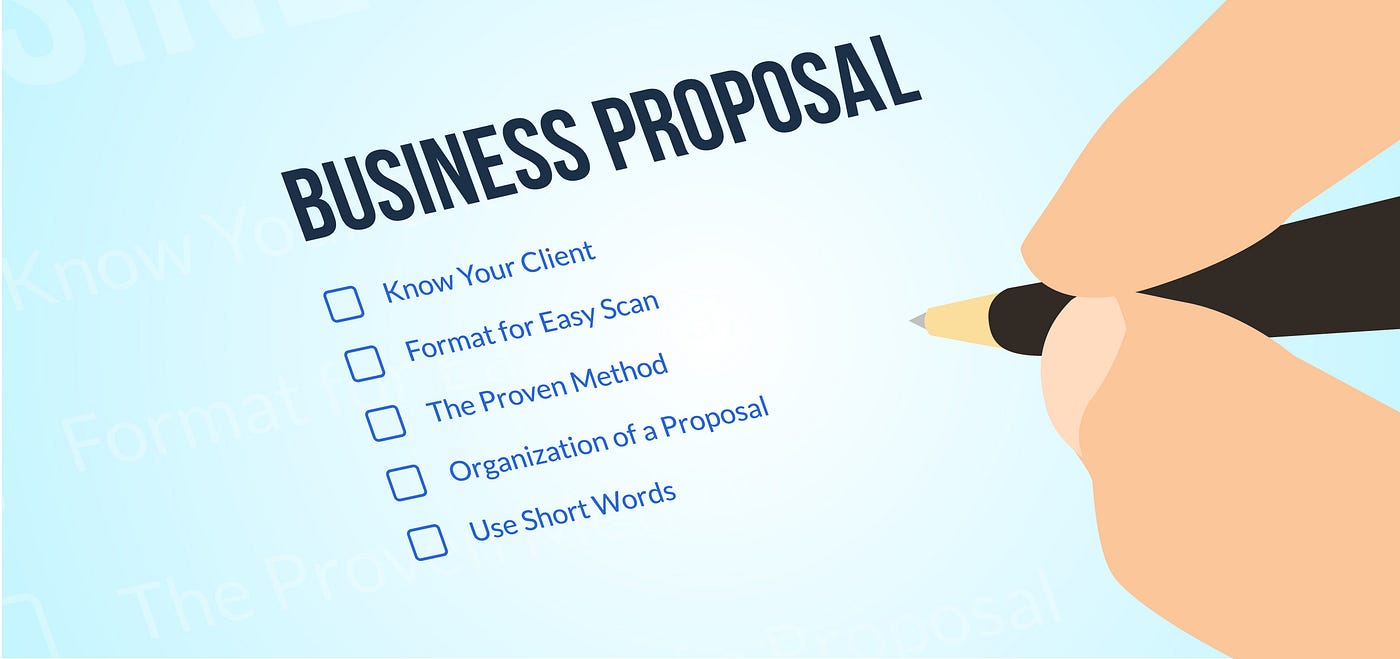
Proposal Writing Tips to Win New Clients
As a business owner or an independent professional, you know the excitement and challenge of attracting new clients. A winning proposal is often what stands between you and a lucrative new contract. But penning a proposal that’s persuasive can sometimes feel like trying to charm a room full of strangers. Fret not! We’re here to provide you with a handful of tips to make your proposal stand out, engage potential clients, and boost your success rate.
Understand Your Client
The first rule in the art of proposal writing is to know your audience. This is your potential client – the one you’re hoping to impress. You’ll need to learn what makes them tick; what do they need, what are their pain points, and what have they tried before? Tailoring your proposal to address their specific requirements is the cornerstone of a winning approach. Adopt a tone that aligns with their company culture: professional, yet relatable.
Highlight the Value You Offer
When a client reads your proposal, they’re primarily looking for what’s in it for them. Your job is to answer that question with crystal clarity. Don’t just list your services or products; illustrate how they can solve the client’s problems or help them achieve their goals. Provide concrete examples or brief case studies that demonstrate your track record of delivering value.
Stay Clear and Concise
Time is money, and for busy clients, this means they don’t have hours to sift through pages of information. Keeping your proposal clear, concise, and to the point is non-negotiable. Use simple language that gets your ideas across without the fluff. That being said, ensure that your proposal provides all the necessary details without overwhelming the reader.
Personalize Your Approach
Nothing puts a damper on enthusiasm like a generic, template-sourced proposal. Adding a personal touch to your proposal can make a world of difference. Use the client’s name, reference past interactions, and make it evident that you’ve created this proposal with them in mind. This personalization shows that you’re not just looking for any client – you’re specifically interested in working with them.
Create a Winning Introduction
First impressions matter, even on paper. Start with an introduction that captures attention and sets the stage for why the client should keep reading. In a few sentences, convey your understanding of their needs and how your expertise is the perfect fit. An impactful introduction can turn a skeptical reader into an interested listener.
Define Scope, Timeline, and Budget Clearly
Clients appreciate knowing exactly what they’re getting into. Clearly outline the scope of your services, the timeframe for delivery, and a transparent cost breakdown. This clarity will help prevent misunderstandings down the road and shows your professionalism in managing projects.
Delineate Measurable Outcomes
Objective, quantifiable results speak louder than any beautifully crafted sentence. When possible, tie your proposal to measurable outcomes. Perhaps it’s an increase in website traffic, a percentage increase in sales, or improved customer satisfaction ratings. Whatever your metrics, ensure they resonate with the client’s goals.
Overcome Objections Before They Arise
Experience teaches that clients often have reservations or concerns that might hold them back from saying ‘yes’. Anticipate these potential objections and address them in your proposal. By doing so, you are essentially negating any reasons for rejection and advancing the client one step closer to a decision in your favor.
Use Engaging Visuals
A wall of text can be daunting. Break it up with visuals that add value and aid comprehension. Charts, infographics, and images can illustrate points more clearly and make your proposal more appealing to read. These visual elements can also help highlight important data or results you want the client to notice.
End With a Persuasive Conclusion
Conclude with a strong summary of why your proposition is the best choice. Reinforce key benefits and remind the client of how your services or products align with their objectives. End with a call to action – guide them on what to do next if they’re interested in taking the proposal forward.
Proofread, Then Proofread Again
Typos and grammatical errors can undermine even the most compelling proposals. They suggest a lack of attention to detail that can give potential clients pause. Therefore, it is crucial to review your document carefully. If possible, have someone else look it over too. An objective second pair of eyes can catch mistakes you might have missed.
Follow Up Respectfully

Your work isn’t done when the proposal is sent. Following up shows that you’re proactive and genuinely interested in the client’s business. However, balance is key. You don’t want to be pushy or impatient. A courteous check-in after an appropriate amount of time can be the nudge that prompts a client to act.
Proposals are your chance to shine and to showcase why you’re the ideal choice for a prospective client. They’re a blend of art and science – an exercise in persuasive communication that requires creativity, clear thinking, and an understanding of your audience. By following these proposal writing tips, you increase your chances of growing your client base and elevating your business success. Remember to always present your best, be genuine, and focus on delivering value. Your clients will notice and appreciate the effort, and your business will reap the rewards.